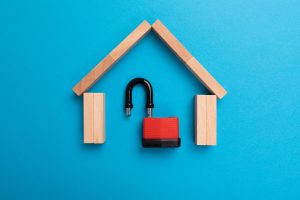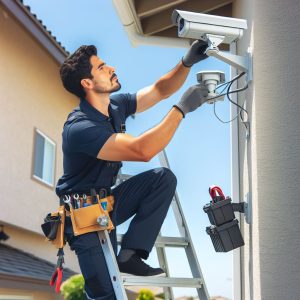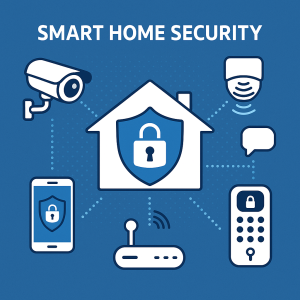Closed-Circuit Television (CCTV) is a valuable tool for enhancing security and monitoring activities in various settings. However, its use is governed by specific rules and regulations to ensure privacy and fairness. In New Zealand, the use of CCTV is subject to privacy laws and guidelines that aim to balance security needs with individuals’ rights to privacy. This article explores the key rules and considerations for using CCTV in New Zealand.
1. Purpose and Necessity
Before installing CCTV, it is crucial to define the purpose of the surveillance. The Office of the Privacy Commissioner emphasizes that CCTV should only be used if there is a clear and justifiable reason for collecting the information. This means that businesses and individuals must evaluate the necessity of CCTV for their specific context, whether it is for preventing theft, monitoring staff, or ensuring public safety.
2. Notification and Signage
One of the fundamental requirements for using CCTV is to inform people that they are being recorded. This is typically done through clear signage placed in visible locations. The signs should indicate that CCTV is in operation, the purpose of the surveillance, and how the footage will be used and stored. This transparency helps to ensure that individuals are aware of the surveillance and can make informed decisions about their actions in the monitored area.
3. Privacy Considerations
CCTV footage is considered personal information under New Zealand’s privacy laws. As such, the collection, use, and storage of this footage must comply with the Privacy Act 2020. This includes ensuring that the footage is only used for the stated purpose and is not disclosed to unauthorized parties. Additionally, businesses must take steps to secure the footage and prevent unauthorized access.
4. Limitations on Recording
The use of CCTV should be proportionate to the purpose for which it is installed. This means that cameras should not be used in areas where individuals have a reasonable expectation of privacy, such as bathrooms or changing rooms. Furthermore, the recording should be limited to the necessary areas and times. For example, if monitoring is only needed during business hours, the cameras should not record outside of these times.
5. Covert Surveillance
In some cases, covert or hidden CCTV may be used, but this is subject to stricter regulations. Covert surveillance is generally only permissible if there is a strong justification, such as investigating serious misconduct or criminal activity. Even in these cases, the use of hidden cameras must be carefully considered and documented to ensure compliance with privacy laws.
6. Audio Recording
While CCTV primarily involves video recording, some systems also capture audio. However, recording audio significantly increases the privacy intrusiveness of CCTV systems. Therefore, audio recording should only be used if it is essential for the purpose of the surveillance. In most cases, visual recording alone is sufficient, and audio recording should be avoided unless there is a compelling reason.
7. Retention and Disposal of Footage
CCTV footage should only be retained for as long as necessary to fulfill the purpose for which it was collected. Once the footage is no longer needed, it should be securely deleted or destroyed. This helps to minimize the risk of unauthorized access or misuse of the footage. Businesses should establish clear policies for the retention and disposal of CCTV footage to ensure compliance with privacy laws.
8. Legal Consequences of Non-Compliance
Failure to comply with privacy obligations regarding CCTV can result in significant legal repercussions. Non-compliance may lead to investigations by the Privacy Commissioner, issuance of compliance notices, or fines. Businesses and individuals must take their privacy obligations seriously and ensure that their use of CCTV aligns with legal requirements.
9. Best Practices for Businesses
To ensure compliance with privacy laws and best practices, businesses should develop a comprehensive CCTV plan. This plan should include:
- Purpose Evaluation: Clearly define the purpose of the CCTV and ensure it is necessary.
- Signage: Display clear and visible signs informing people about the CCTV.
- Access Control: Limit access to the footage to authorized personnel only.
- Retention Policy: Establish a policy for how long footage will be retained and how it will be securely disposed of.
- Privacy Policy: Include information about CCTV usage in the business’s privacy policy.
- Legal Advice: Seek legal advice if unsure about compliance with privacy laws.
Conclusion
The use of CCTV in New Zealand is governed by strict rules and regulations to protect individuals’ privacy while allowing for legitimate security needs. By understanding and adhering to these rules, businesses and individuals can use CCTV responsibly and effectively. It is essential to balance the benefits of surveillance with the rights of individuals to ensure a fair and lawful use of CCTV.





